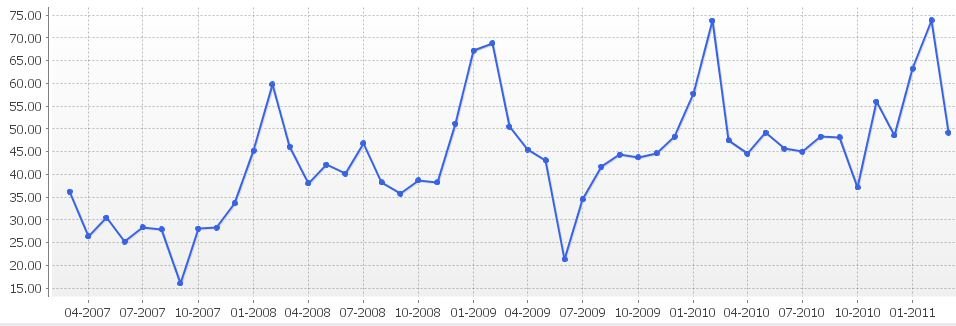Major Tom
Thinks s/he gets paid by the post
I live on my own in less than 300 sq feet of space and utilities are already included in the rent. My main motivation to watch my consumption is that it's an old house with old wiring, and if there is too much electricity usage between my neighbors and I, the circuit breaker trips. If it's late at night and a bit chilly, then we all sit in our rooms hoping that someone else will volunteer to go outside and reset the breaker!
However, there's only so much damage a single person in a room can do. In my last apartment, which was 500 sq feet, my gas and electric bill was always under $30/month combined. My main extravagance is leaving a desktop computer with 5 hard drives on most of the day.
However, there's only so much damage a single person in a room can do. In my last apartment, which was 500 sq feet, my gas and electric bill was always under $30/month combined. My main extravagance is leaving a desktop computer with 5 hard drives on most of the day.

